Language is a vital part of human culture. Many ancient languages have vanished over time. These forgotten tongues hold the key to understanding our past. They reveal insights into ancient civilizations and their ways of life. Here are some forgotten languages with fascinating histories.
Sumerian
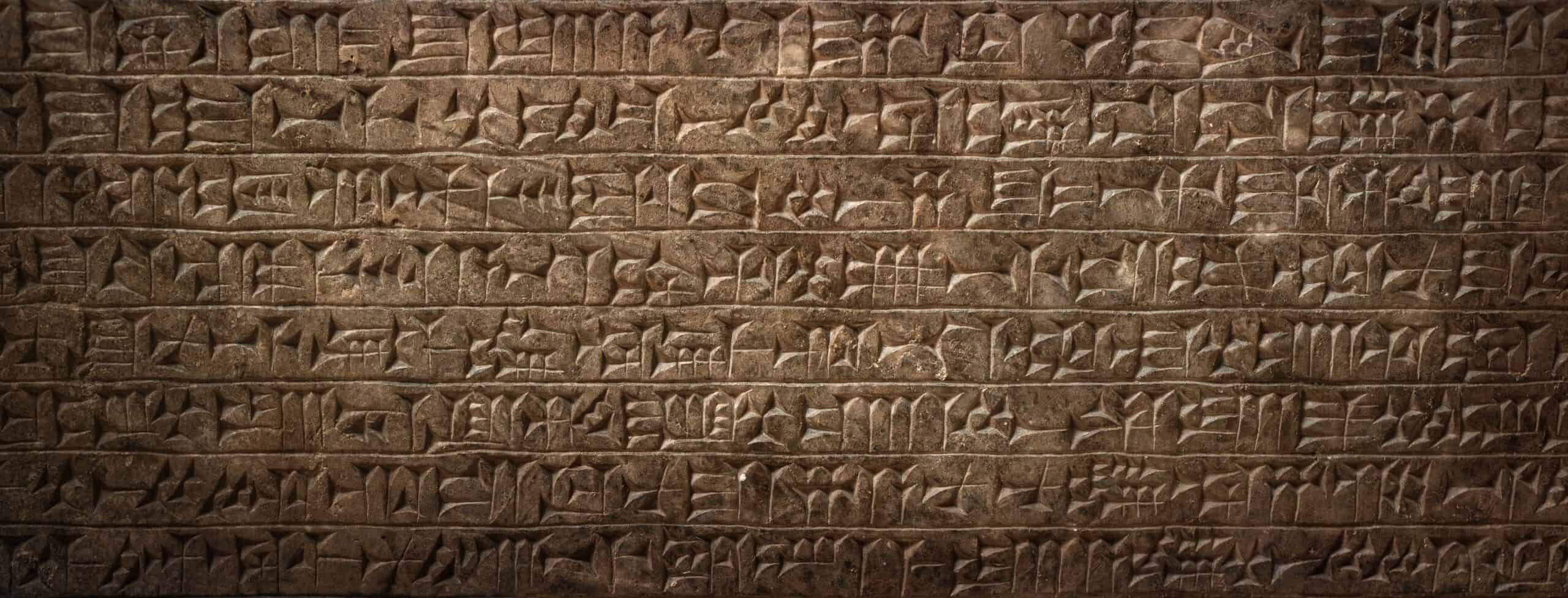
Sumerian is one of the world’s oldest written languages. It emerged around 3100 BCE in Mesopotamia. This language used cuneiform script and influenced many later civilizations. Sumerian declined by the 2nd millennium BCE, replaced by Akkadian. Archaeologists rediscovered it through clay tablets. These findings revealed significant historical and literary texts. The Epic of Gilgamesh, one of the earliest literary works, was written in Sumerian.
Coptic
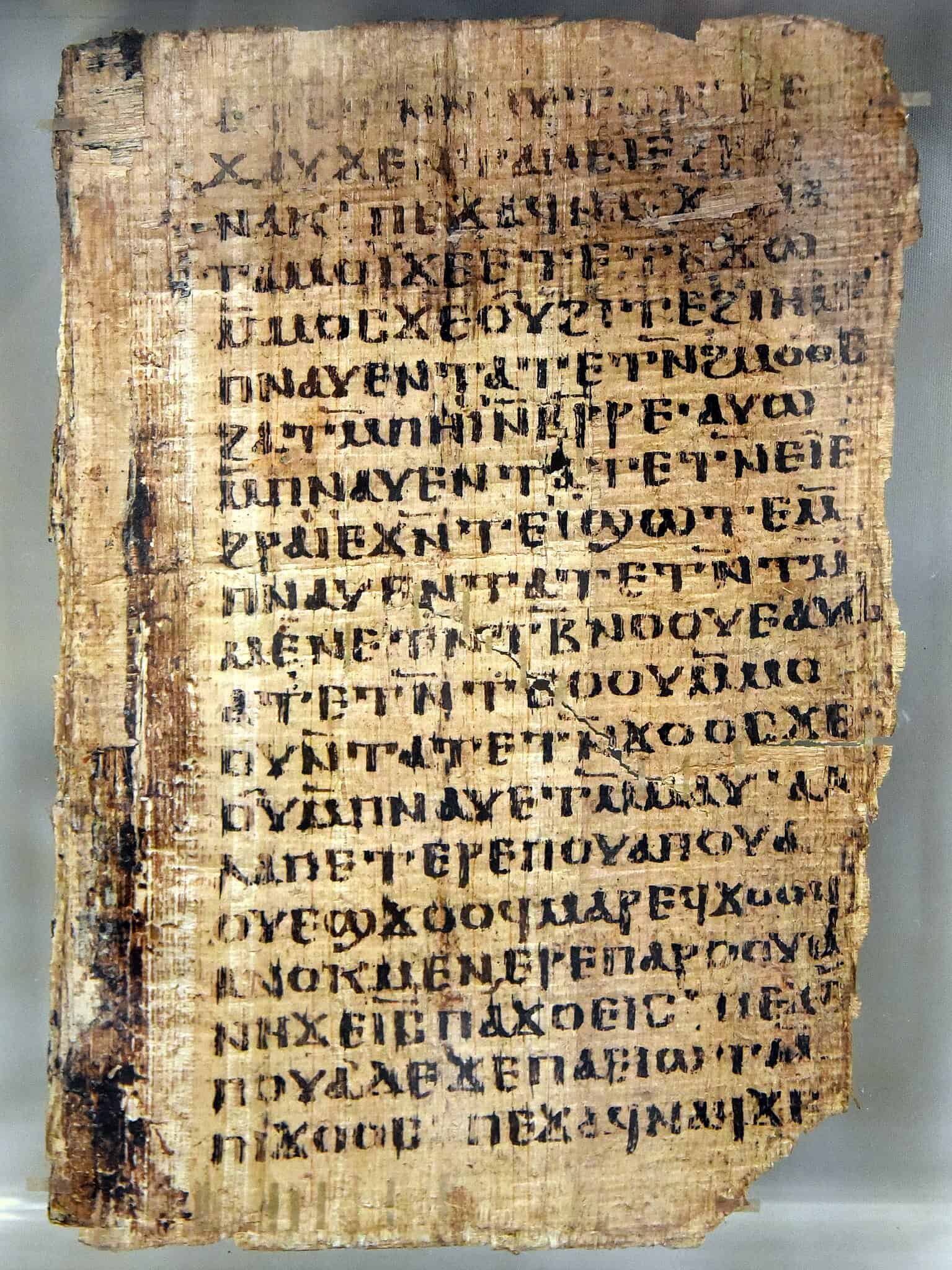
Coptic is the last stage of the ancient Egyptian language. It emerged in the 1st century CE, using Greek letters with some Demotic characters. Coptic Christianity played a significant role in preserving the language. Arabic supplanted Coptic in Egypt by the 17th century. It survives as a liturgical language in the Coptic Orthodox Church, preserving many ancient traditions. The language is still taught in some religious institutions, keeping it alive in a limited capacity.
Akkadian
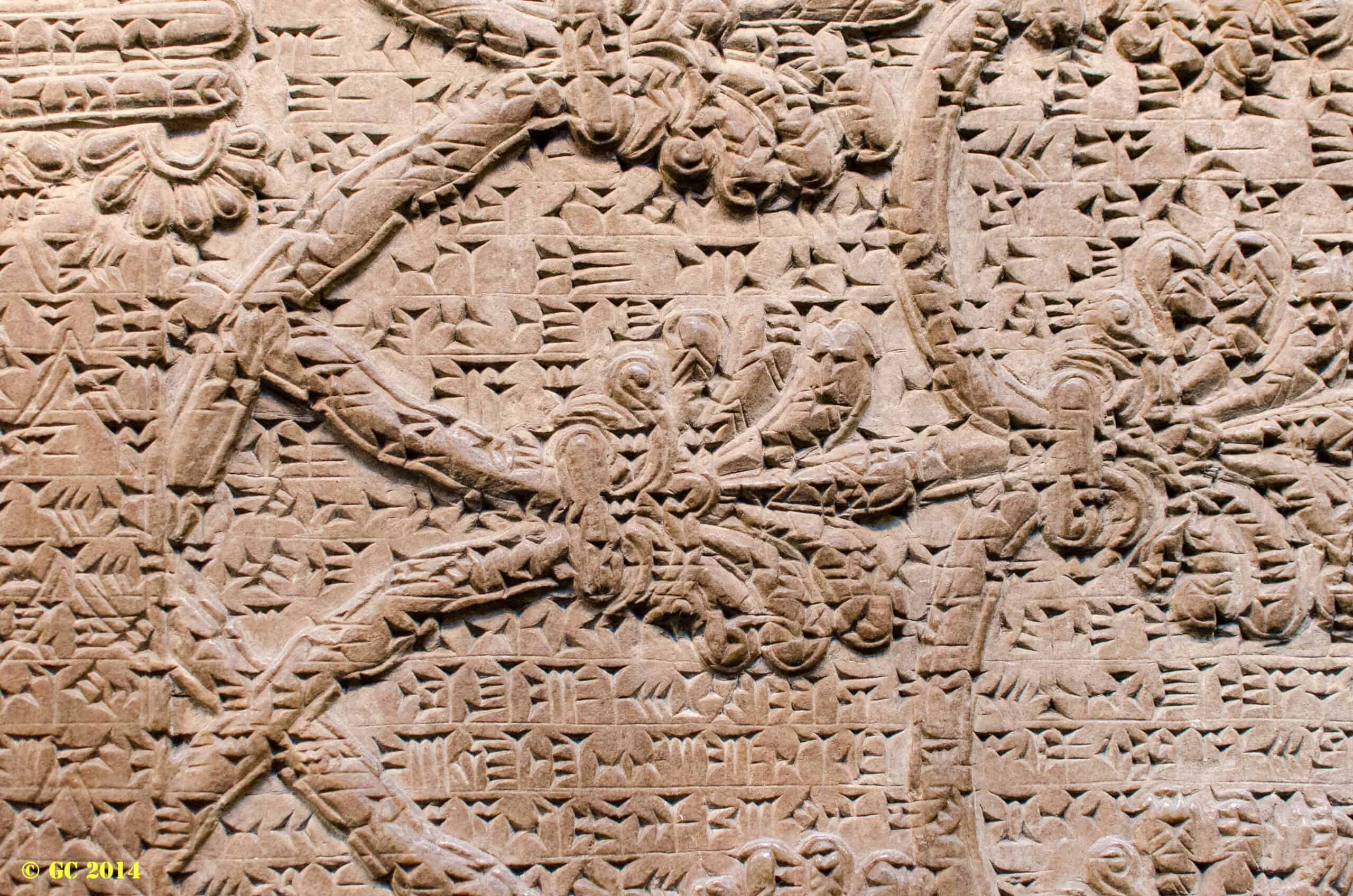
Akkadian, an ancient Semitic language, flourished in Mesopotamia from 2500 BCE. It divided into Assyrian and Babylonian dialects. Akkadian texts include important legal, commercial, and literary documents. By the 1st millennium BCE, Akkadian declined, overtaken by Aramaic. Scholars deciphered Akkadian in the 19th century through cuneiform tablets. The Code of Hammurabi, one of the oldest deciphered writings of significant length, was written in Akkadian.
Tocharian
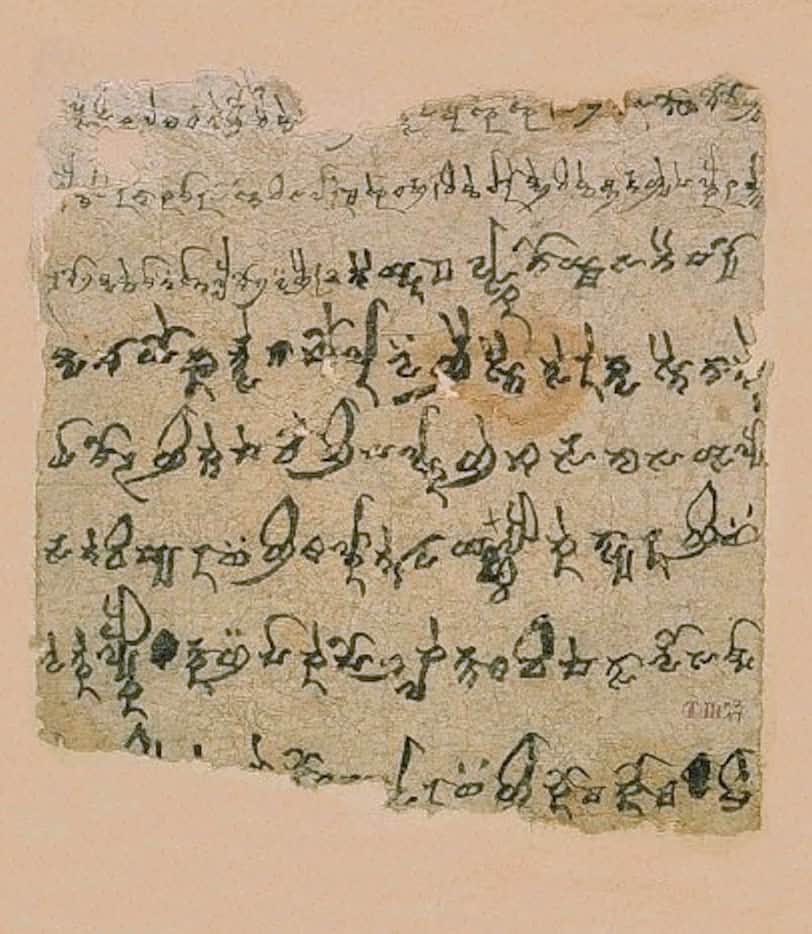
Tocharian was spoken in the Tarim Basin (modern-day Xinjiang, China) from the 6th to the 8th century CE. It belongs to the Indo-European family. Tocharian texts reveal significant information about ancient trade along the Silk Road. The language disappeared by the 9th century CE, likely due to the spread of Turkic languages. Manuscripts found in desert oases provide insight into this unique linguistic branch. These texts include Buddhist scriptures and commercial documents.
Hittite
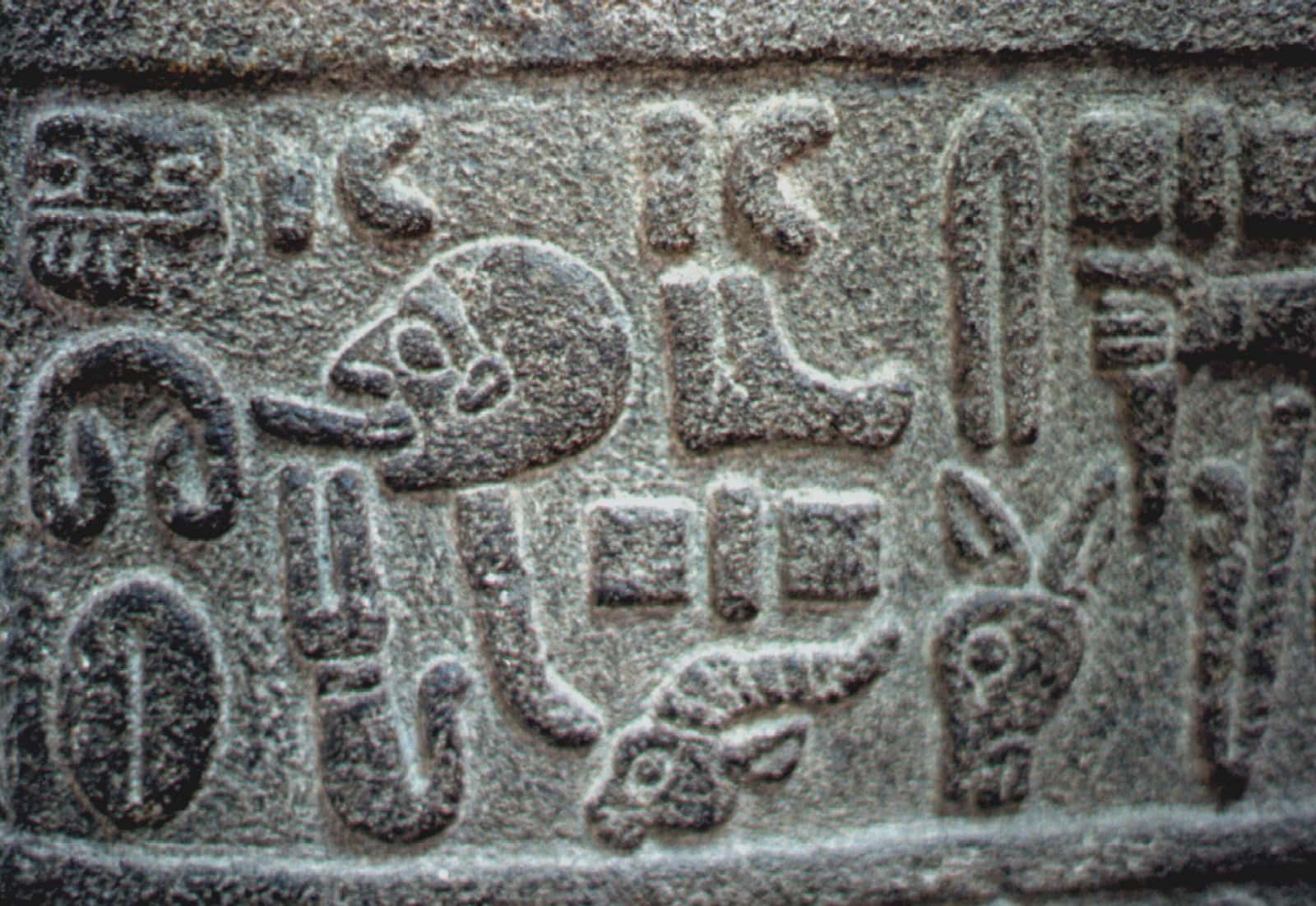
Hittite was spoken in the Hittite Empire (modern-day Turkey) from the 17th to the 12th century BCE. As the earliest-attested Indo-European language, it used cuneiform script. The Hittites were notable for their legal codes, treaties, and correspondence. The language disappeared after the fall of the Hittite civilization around 1200 BCE, likely due to invasions and internal collapse. Rediscovery came in the early 20th century when clay tablets were unearthed. These findings helped scholars decode the language, revealing significant historical records and legal texts.
Phoenician
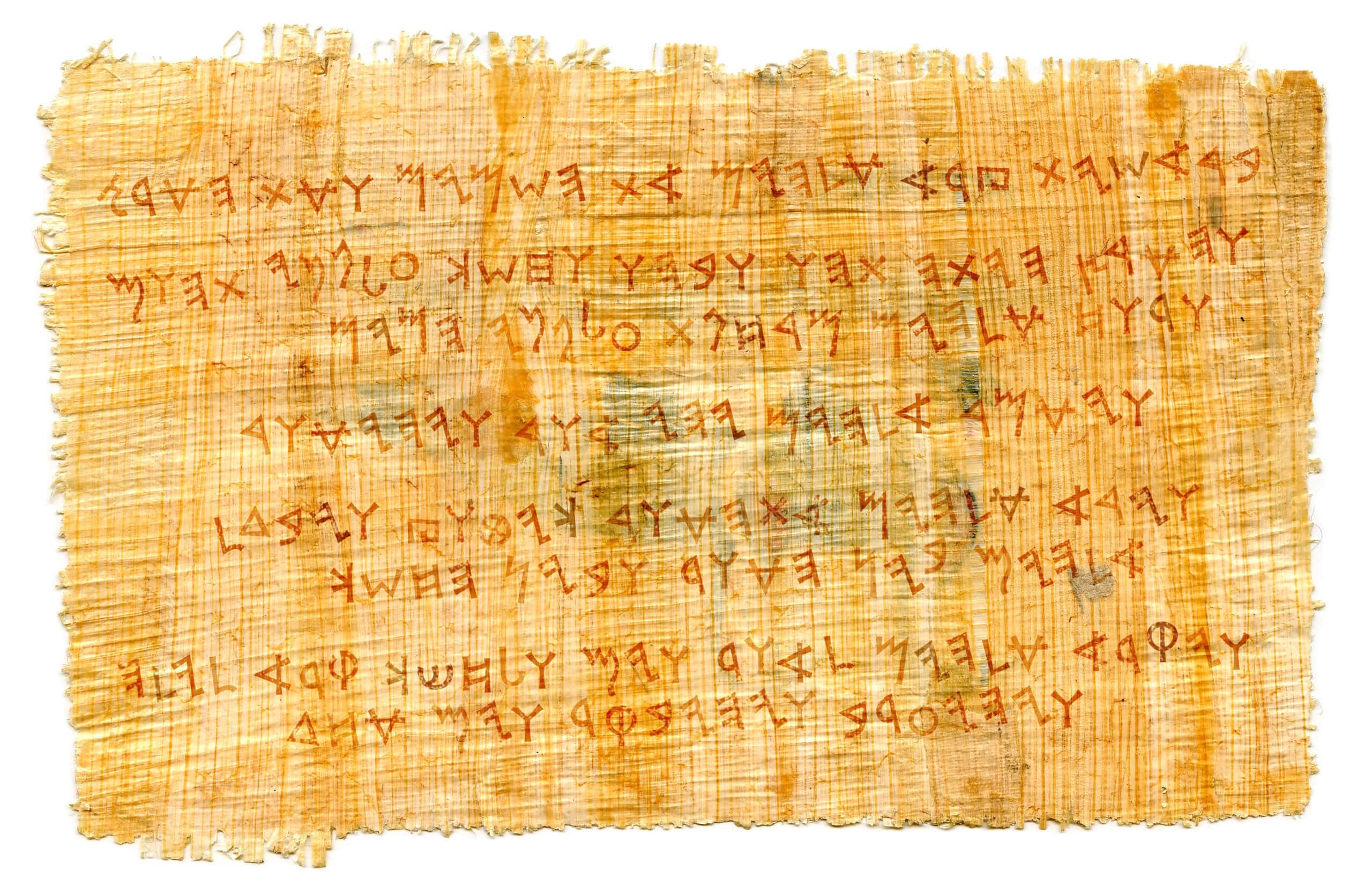
Phoenician, a Semitic language, was spoken by the ancient Phoenicians from around 1200 BCE. It spread through Mediterranean trade and colonization, influencing other writing systems, including Greek and Latin. The language faded by the 1st century CE, supplanted by Greek and Latin due to Roman and Hellenistic dominance. Phoenician inscriptions found across the Mediterranean shed light on their extensive trade networks and cultural exchanges. The language’s script also contributed to the development of the modern alphabet.
Elamite
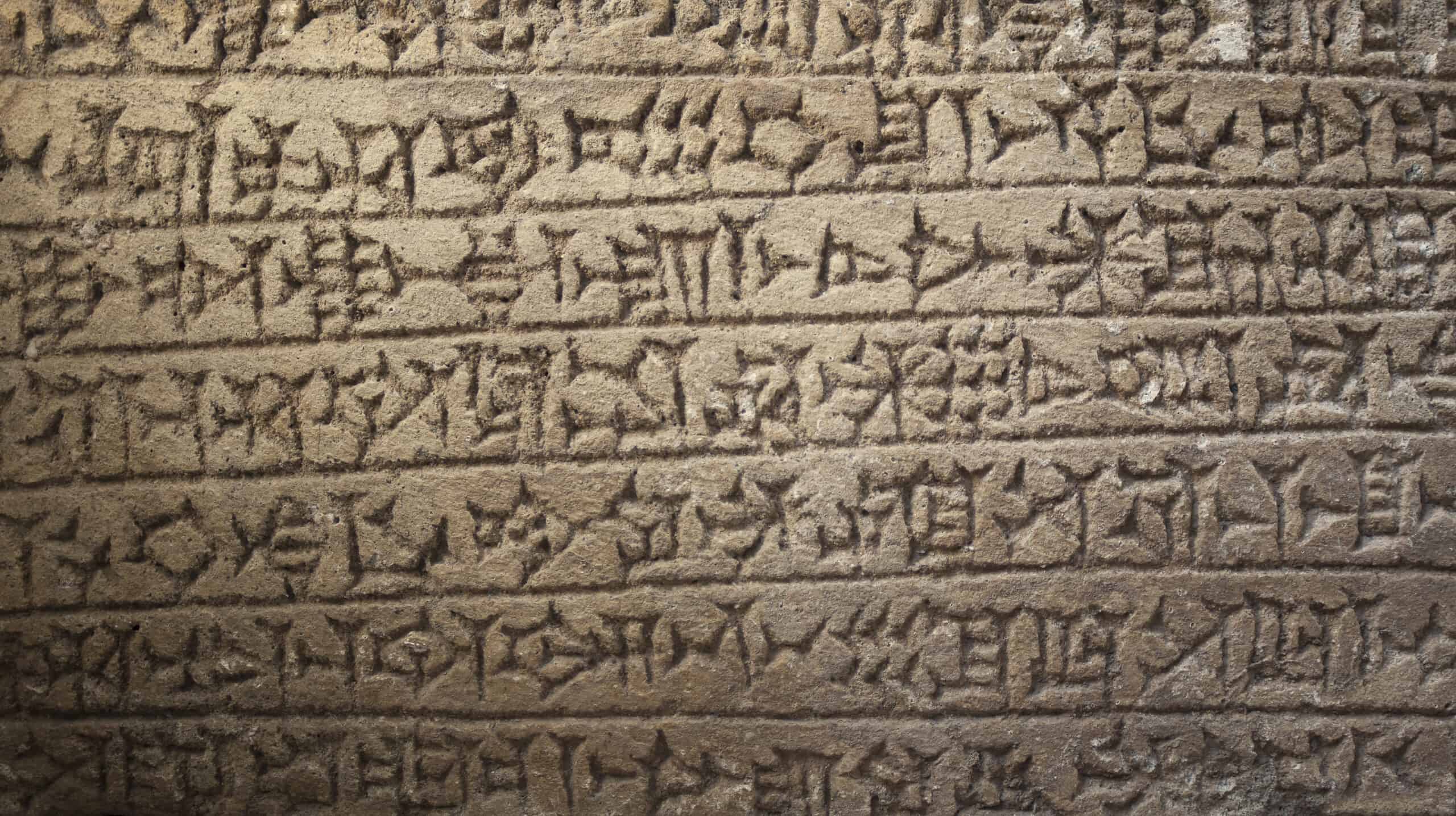
Elamite was spoken in Elam (modern-day southwestern Iran) from the 3rd millennium BCE to the 4th century BCE. It played a significant role in the administrative records of the Persian Empire, using a script adapted from Mesopotamian cuneiform. The language declined after the Persian Empire adopted Old Persian. Inscriptions, including the famous Behistun Inscription, have helped modern scholars reconstruct Elamite. These records reveal Elam’s political structure, economy, and interactions with neighboring civilizations.
Paleo-Hebrew
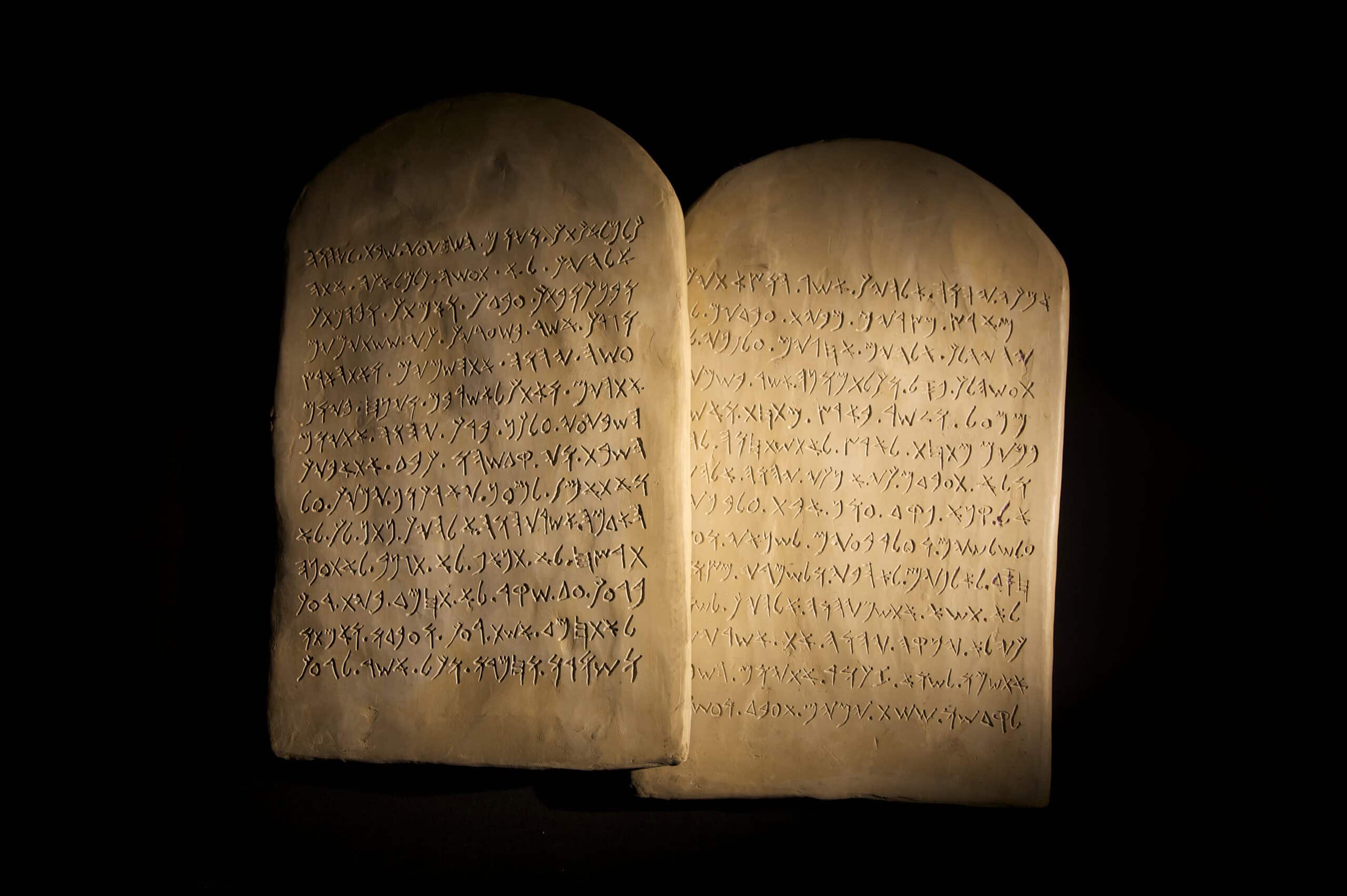
Paleo-Hebrew, an early form of Hebrew script, was used from the 10th century BCE. It closely resembled the Phoenician script and was used for inscriptions, religious texts, and administrative documents. The script was replaced by the Aramaic square script by the 5th century BCE during the Babylonian exile. Inscriptions like the Siloam inscription offer valuable insights into early Hebrew culture, religious practices, and political affairs.
Lycian
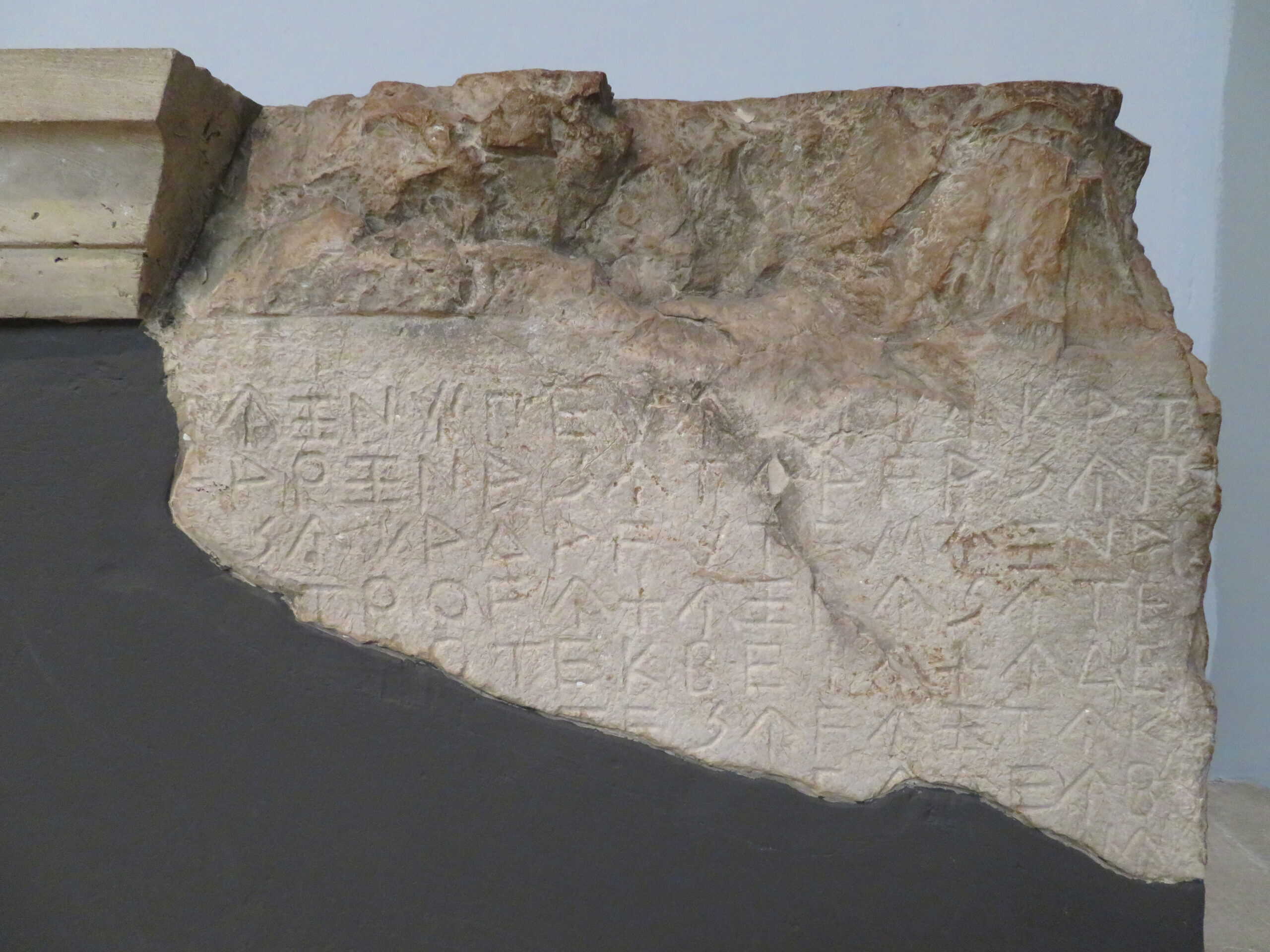
Lycian was spoken in ancient Lycia (southwestern Turkey) from around 500 BCE. It used a unique alphabet derived from the Greek script and was used for inscriptions and tomb texts. The language fell out of use by the 3rd century BCE, replaced by Greek due to Hellenistic influences. Inscriptions and tomb texts have helped reconstruct the language and understand Lycian culture. These sources provide insights into Lycian society, funerary practices, and interactions with Greek neighbors.
This article originally appeared on Rarest.org.
More from Rarest.org
10 Rare Toy Cars and Their Collectible Value

Collecting toy cars is a hobby enjoyed by many, bringing back memories of childhood and celebrating the craftsmanship of miniature vehicles. Read More.
The 20 Most Valuable Coins Ever Minted in the U.S.
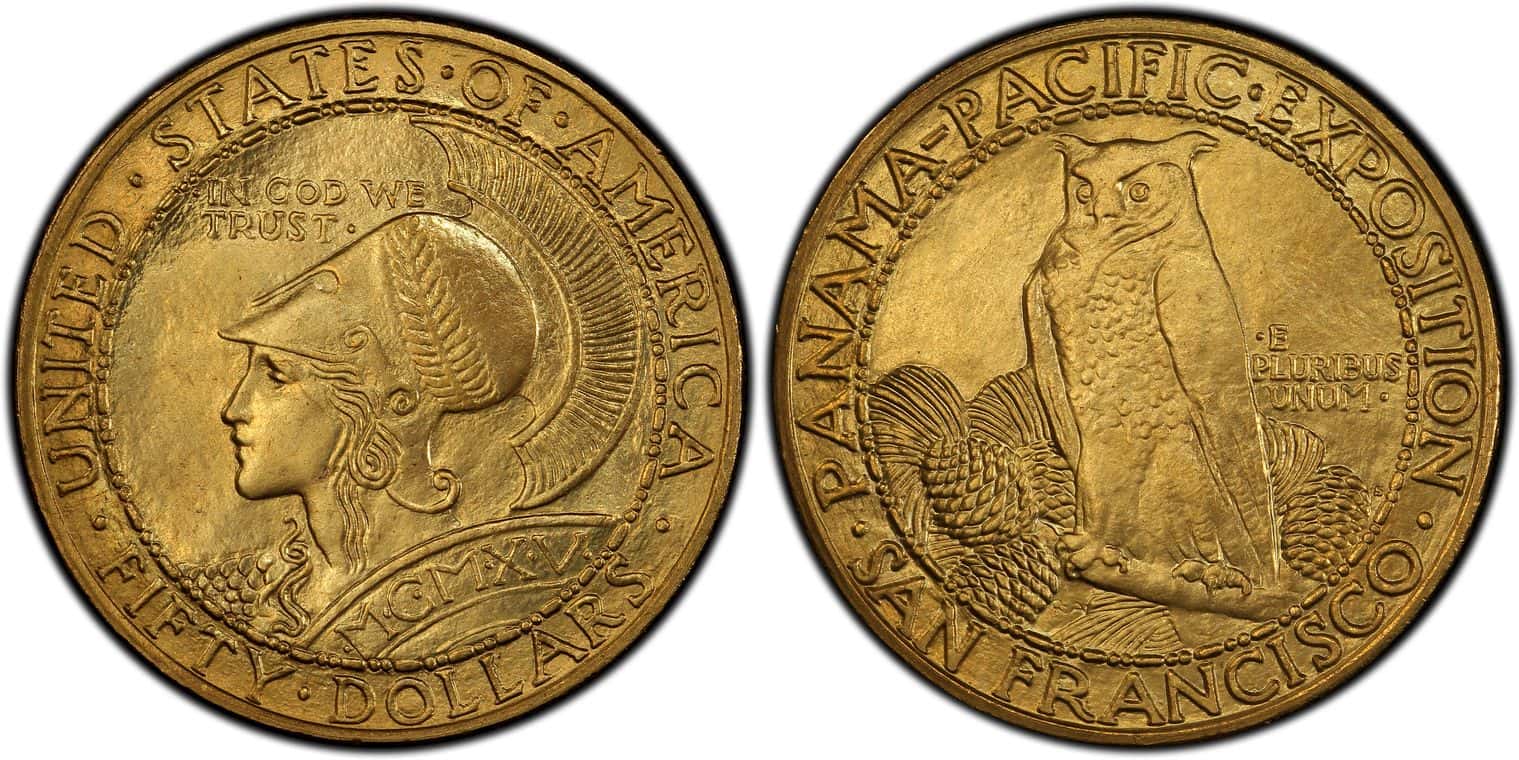
Collecting coins can be a fascinating journey through history, especially when it comes to the most valuable coins ever minted in the United States. Read More.
18 Rare Antique Maps and Their Histories
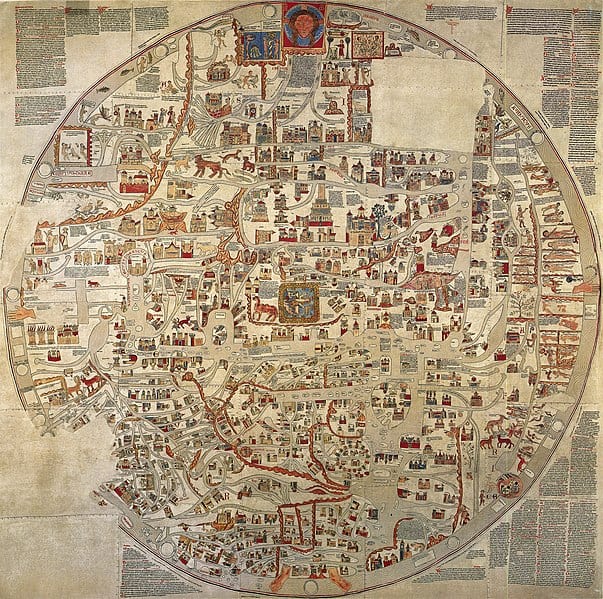
Exploring the world through the eyes of ancient cartographers reveals a fascinating blend of art, science, and history. Rare antique maps not only depict the geographical knowledge of their time but also offer insights into the cultures, beliefs, and ambitions of their creators. Read More.
